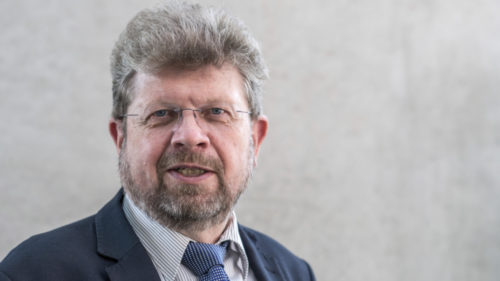The Resting and the Restless T-Cell Memory – How are we protected from re-infection by (Corona-) Viruses
After (Corona-)infection or vaccination, the immune system maintains a subset of cells which were involved in the initial immune response to the pathogen or vaccine; these remaining cells are known as memory cells. Immunologists have known for many years about the existence of memory T lymphocytes, but it has remained unclear what drives their persistence over the lifespan of humans to ensure long-term protection from reinfection or disease. In this latest review by the DRFZ Scientific Director, Andreas Radbruch, Jun Dong and colleagues, the authors delve into the world of memory T lymphocyte subsets. They carefully distinguish the lifestyles of circulating memory cells in the blood, proliferating memory cells in lymphoid tissues, and resting memory cells in tissues such as the bone marrow, and describe the governing signals or “rheostats” which control the survival of these different subpopulations. This review gives an excellent perspective about the importance of deciphering T cell memory subsets: such information provides a basis for understanding how different memory T cells react to a re-encounter with antigen, and whether specific subsets can be targeted to find new therapies for chronic inflammatory diseases which are known to be driven by experienced T cells.


 Deutsch
Deutsch
